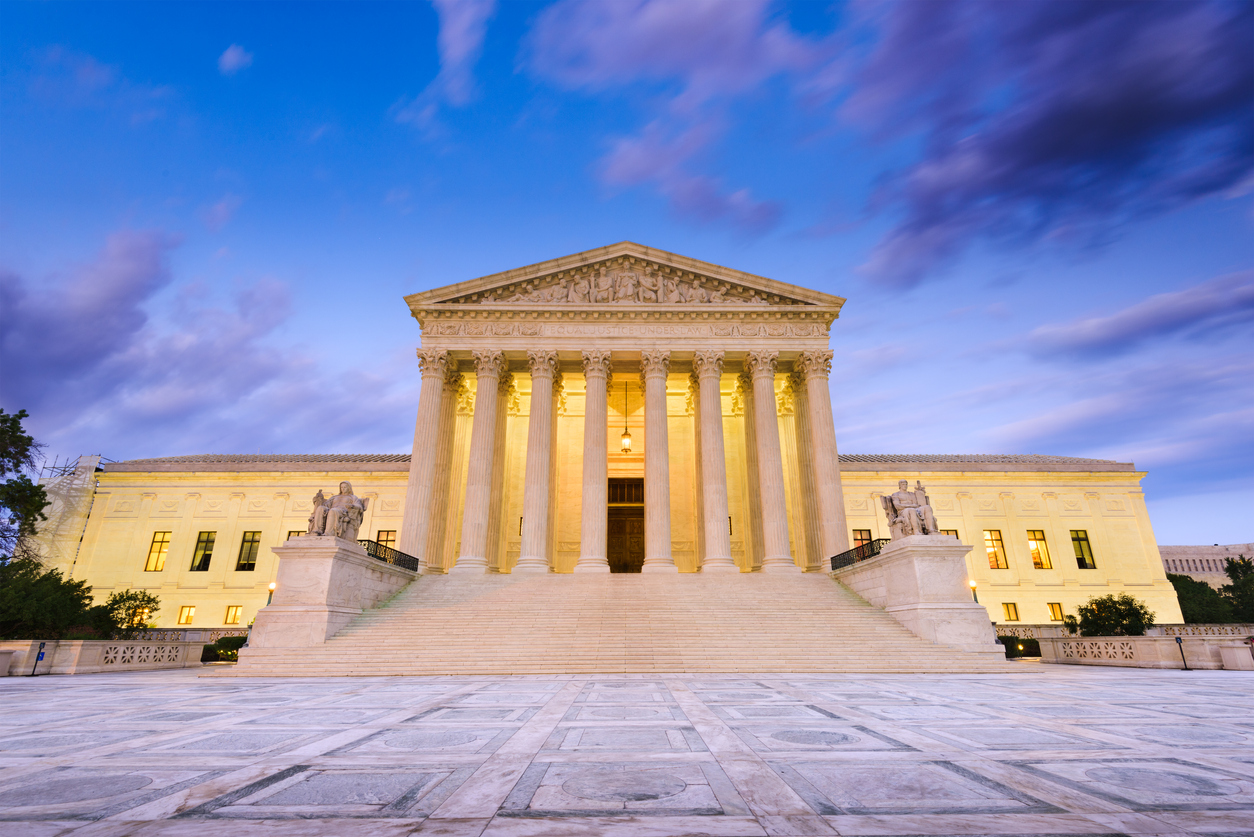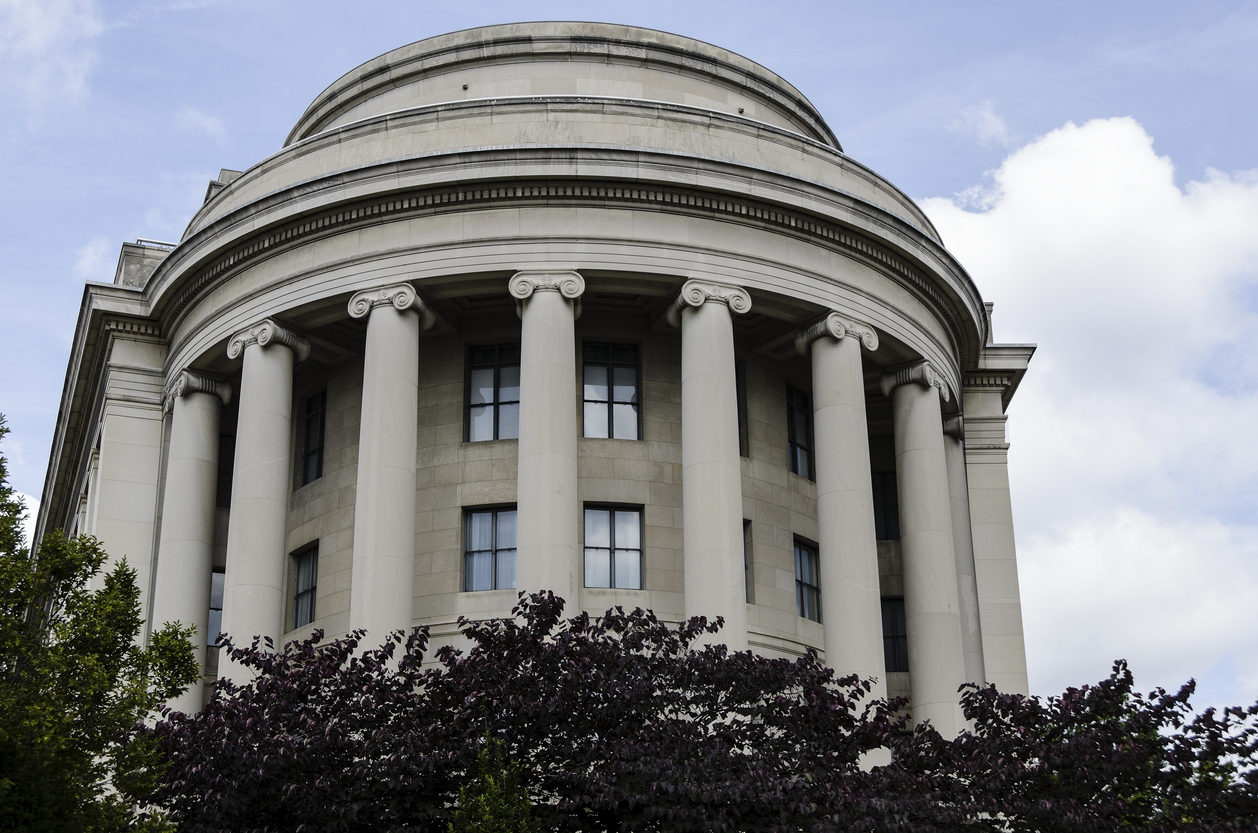
Restaurants and retail stores often face a large number of tort claims seeking relatively small amounts in damages, e.g., the twisted ankle allegedly caused by the wet spot on the floor, or the burned hand caused by the waiter missing the cup when pouring the coffee. Retail establishments and restaurants frequently choose to have some form of self-insurance rather than pay the high premiums that would be charged by an insurance company for insuring a large number of small claims. They buy insurance to cover only larger claims. How tort claims are treated in a retail bankruptcy case depends on the type of coverage the debtor has purchased. This article will discuss the various forms of coverage available and how the form of coverage impacts the treatment of the claims.
I. Distinctions Among Types of Policies
The handling of tort claims against a bankrupt insured impacts three parties—the claimant, the insured debtor, and the insurance company. A debtor may take different positions on how claims should be handled based on whether the debtor’s insurance policy is a guaranteed-cost or a loss-sensitive one, and whether the policy is subject to a deductible or only covers claims above the debtor’s self-insured retention. The insurance company’s position varies based on the same factors, as well as whether it has adequate security for the insured’s obligation to reimburse deductibles. The claimant’s position is always the same—somebody, and it does not matter who, should pay the full amount of the asserted claim.
To understand why the parties take the positions they do, one must appreciate the differences among the various types of policies a debtor may have.
A. Guaranteed-Cost Versus Loss-Sensitive Policies
The amounts owed to an insurer by its insured depend on whether the policies are guaranteed-cost or loss-sensitive ones. Under a standard guaranteed-cost policy, the premium payable by an insured does not vary based on the losses asserted under a policy. As the name implies, however, the amount owed for loss-sensitive policies depends on the losses experienced under the policies.
Loss-sensitive policies can be structured in a variety of ways. Typically, loss-sensitive policies are subject to a large deductible. The insured is required to reimburse the insurance company for losses that are within the deductible amount. The insured may also be required to reimburse the insurer for some or all of the defense costs that it incurs. Insurance companies often hold collateral securing the debtor’s obligation to reimburse it for deductible losses and defense costs.
B. Deductibles Versus Self-Insured Retentions
The coverage available for claims depends on whether the policy provides coverage over a self-insured retention (SIR) or is a deductible policy. A company can decide to elect to be self-insured or can achieve the same economic result by purchasing a large-deductible policy. Courts often fail to distinguish between a “deductible” and a “SIR,” using the terms interchangeably. There is, however, an important distinction between the two. Under a primary liability policy that is subject to a deductible, insurance coverage starts at the first dollar of loss. With a deductible policy, the deductible endorsement to the policy provides that the insured agrees to reimburse the insurer for all losses (i.e., claim payments) and expenses up to the deductible limits. This language makes it clear that the insurer is required to pay the claimant and look to its insured for reimbursement.
Most people do not understand that the deductibles for third-party liability policies work in this fashion. When most people think of a deductible, they think of the deductible on their automobile policy. For first-party coverage, such as automobile physical damage coverage or property damage insurance, the insurance company typically pays the loss less the applicable deductible. For example, if the car suffers $2,000 of damage and the deductible under the policy is $500, the body shop will receive payment of $1,500 from the insurance company, and the insured party will pay the balance. By contrast, with third-party coverages, such as general liability and workers’ compensation policies, the injured party’s claim is entitled to payment in full, including the deductible amount, by the insurance company. The insurance company is then reimbursed by its insured for the deductible.
Policies subject to a SIR provide that the insurance company is obligated to pay only the portion of the damages in excess of the SIR. Generally, if an insurance policy provides for a SIR, there is no coverage until the loss exceeds the SIR. The insurance company has no obligation to pay anything to the claimant for claims within the SIR. Rather, those claims are paid by the insured. Most retail establishments choose to buy policies with a SIR to avoid having to post collateral with the insurer securing their reimbursement claim under a deductible policy.
Insurance policies sometimes do not make a clear distinction between a deductible and a SIR. Deductible endorsements to policies sometimes use wording similar to the language used in SIR policies, providing that the carrier’s obligation to pay damages applies only to the damages in excess of the deductible and further providing that the carrier will not advance any amounts included within the deductible. Although labeled “deductible endorsements,” these endorsements seem to be more like SIRs.
II. Effect of Policy Type on Parties
These different types of policies have no economic impact on the claimant, the insured, or the insurance carrier so long as the insured remains out of bankruptcy. The differences are critical to all parties, however, if the insured becomes a debtor in a bankruptcy case. The distinctions will be explored by using an example and outlining the various results for the parties based on the type of policy. The example presumes that the injured party has a prepetition claim with a jury value of $75,000 and a settlement value of $35,000. It also presumes that the policy deductible or SIR is $25,000. Deductibles and SIRs are, however, often significantly higher and sometime equal or exceed $1,000,000. For simplicity sake, the following discussion ignores the costs of defending the claim, which are typically included within, and reduce the amount of, the deductible or the SIR.
A. Guaranteed-Cost Policies
With a guaranteed-cost policy, prior to bankruptcy, the insurance company pays the settlement amount or the judgment in full, as well as all defense costs. After a bankruptcy filing by the insured, the claimant will argue that the discharge injunction imposed by Bankruptcy Code § 524(a)(2) does not block payment of the discharged debt by the insurer. The insurer, for obvious reasons, would like to argue that it does. The debtor may side with the claimant, wanting the insurer to defend and pay the claim in order to eliminate the unsecured claim against the bankruptcy estate. The debtor may, on the other hand, argue that the discharge injunction applies so that the debtor does not need to spend time participating in the defense of the claim. The debtor may also be concerned that the entry of a tort judgment against it will drive up its future insurance premiums. If the discharge injunction protects the insurer, the claimant will receive nothing from the insurance company. If it does not, the insurance company must pay the covered claim. Almost all courts have held that the discharge does not protect the insurance carrier and that the covered claim must be paid in full. Under the example, therefore, the injured party would receive payment in full from the insurance company.
B. Deductible Policies
Assume the same facts, but also assume the policy is subject to a $25,000 deductible. Prior to bankruptcy, the claimant would be paid its $75,000 judgment in full. The insured would bear $25,000 of the cost of the judgment either by paying the claimant directly itself or by reimbursing the insurance company for the claim payment. The insurance company would bear the remaining $50,000 cost of the judgment.
After the bankruptcy, with a deductible policy, the economic result should be the same for the claimant but would be different for the debtor and its carrier. The insurance company would pay the judgment in full and be left to recover the $25,000 deductible from the insured debtor, hoping that it has adequate collateral for what would otherwise be an unsecured reimbursement claim. From the debtor’s perspective, there might simply be a change in who holds the unsecured claim—the tort claimant or the insurance company seeking reimbursement. If the insurance company holds collateral, however, instead of having an unsecured tort claim against it, it would have a secured reimbursement claim against the debtor. That is why debtors sometimes insist that the claimant waive the right to collect the amount of its claim falling within the deductible before the debtor will agree to lift the stay/waive the discharge injunction to let the claimant proceed. Insurers argue correctly that such a requirement is an unauthorized modification of the policy. Furthermore, the claimant’s waiver of its claim within the amount of the deductible does not waive the insurer’s right to reimbursement of defense costs within the deductible.
C. Self-Insured Retentions
Economically, the same result occurs prebankruptcy for an excess policy with an SIR of $25,000 as that for a $25,000 deductible policy. The judgment would cost the insured $25,000 and the insurance company $50,000, and the claimant would be paid in full.
If the insurance company has issued an insurance policy with a $25,000 SIR, the post-discharge economic result depends on how the applicable court rules on several legal issues. If the insurance company has to drop down, i.e., pay the full amount of the judgment, the insurer bears the entire economic risk of the bankruptcy. The claimant is paid in full because the insurer must pay the entire $75,000 judgment, including the $25,000 SIR. If the debtor’s failure to pay the SIR allows the insurer to deny all coverage, the claimant bears the risk and receives nothing from the insurance carrier. The claimant is left with a $75,000 unsecured claim against the estate, which may have little to no value.
Most courts do not require the insurance company to drop down and pay claims within the SIR. They do (with some exceptions depending on the law of the applicable state), however, require the insurer to pay losses within its layer. This results in the claimant bearing some, but not all, of the insolvency risk. Using our example, the claimant would be left with a $25,000 unsecured claim against the estate for the unfunded SIR, but would be paid $50,000 of its judgment by the insurance carrier. Our example presumes what would be a relatively large claim against a restaurant or store; however, most garden variety slip-and-fall claims have a claim value well within the SIR, leaving the claimant with an unsecured claim against the bankruptcy estate.
If the claim has anything more than minimal value, the claimant may still be paid in part by the insurance carrier. Even if the court rules that the carrier is not required to drop down, as a practical matter the carrier often decides to pay the costs of defending the claim, rather than face the risk of the entry of a default judgment that pierces its layer. Furthermore, given that most claims are settled and not litigated, the insurance company often effectively steps down to pay a portion of the claim within the SIR. If, due to the insured’s failure to meet its contractual obligations to pay all losses and costs within the SIR, an insurance carrier is forced to pay the costs of defense or a settlement within the SIR, the insurance company may have claim against the insured debtor, which may or may not be secured depending on whether the insurer holds collateral and can apply it to its claim.
Our example can illustrate this point. If, prior to bankruptcy, plaintiff’s counsel would settle the claim for $35,000, plaintiff’s counsel will undoubtedly demand more than $35,000 after the bankruptcy filing. Prior to bankruptcy, a $35,000 settlement results in the plaintiff receiving just that, with the insured paying $25,000 of the settlement and the insurance company paying the remaining $10,000. Postpetition, if the claim is settled for $35,000, the plaintiff would have an unsecured claim of $25,000 against the bankruptcy estate—an amount equal to the SIR. The claimant would probably (in most cases, with justification) place little value on that claim. The insurance company would pay the claimant only $10,000—the amount of the settlement above the SIR.
To be absolutely sure of receiving the same economic equivalent of a prebankruptcy settlement of $35,000, the plaintiff would have to settle the claim for $60,000. With a $60,000 settlement, the plaintiff would have a $25,000 potentially valueless unsecured claim against the estate and would receive a $35,000 payment from the insurance company.
The settlement value would likely be somewhere in between the prebankruptcy amount of $35,000 and the absolute economic equivalent amount of $60,000. The parties might agree to a settlement amount of $45,000, consisting of a $25,000 unsecured claim in the bankruptcy case and a $20,000 check from the insurance company. Under such a settlement, the plaintiff would potentially receive more than it would be able to collect on a judgment obtained at trial because collection of any judgment obtained at trial would be reduced by the $25,000 SIR.
The insurer would settle at that amount to cut off future defense costs and eliminate the possibility of a large, adverse judgment at trial. The payment by the insurer of $20,000, however, would be twice the $10,000 that it would have paid under a prepetition settlement of $35,000. The insurer, therefore, would be effectively paying claims within the $25,000 SIR. As a result of this rather practical need to drop down, the insolvency of its insured drives up the settlement costs for the carrier.
The same is true when the court requires the claimant to waive its claim amount to the extent that it falls within the deductible. If the claimant cannot recover anything of its claim amount under the deductible, the claimant will ask for a larger settlement payment from the insurer’s layer (i.e., the amount above the deductible). Given that the insurer arguably pays nothing within the deductible, however, the insurer might be left without a reimbursement claim against the debtor for the settlement amount. It would, however, still have a claim for the costs of defense.
III. Other Sources of Recovery
In its bankruptcy case, a debtor may ask for, and receive, permission to pay self-insured claims. Restaurants and retail establishments depend on their reputation within the community. One of the typical “first-day motions” in a retail bankruptcy case is a motion seeking leave to pay “customer claims,” such as honoring gift certificates. A patron’s tort claims against the restaurant is probably covered by such a motion, allowing the restaurant to pay the claim if it elects to do so. In addition, any settlement might be allowed under a debtor’s de minimis claims settlements motion. A restaurant or retailer may well decide it is worth paying the minimal doctor’s bill relating to a fall on the premises rather than suffer the adverse publicity for failing to do so. For the same reason, a purchaser of such debtor’s assets may decide to pay at least a portion of the debtor’s tort claims, notwithstanding the order authorizing the purchase “free and clear” of all claims. Depending on the facts giving rise to the claim, the claimant may have a claim against the landlord (or may assert one even if there is not much justification for doing so). The landlord, or the landlord’s insurance carrier, may be another source of recovery for injured customers.









